It’s like a holding area for Minis: there are three neat rows of 20, most looking ready for action. And had you not driven up the driveway of a private house to get to them, you would have assumed that they were gathered at the Mini factory in Oxford – in a dealer storage area or perhaps lined up for a press launch. Except that most are 20 years old, they indeed live on the premises of a house and they all belong to one man.
Tim Williams is a car enthusiast, and he explains that when he sold his storage business a few years back, he was looking for a strand of the old car hobby to get into. Then, about four years ago, he came across an embryonic enthusiasm for Y-reg Minis. Eh? The Mini Y-Register is possibly the only car club whose focus revolves around one character of the UK numberplate of a very specific model range.
We’re talking about the very first of the BMW-era Minis. By definition, these are relatively few, the club identifying these (for reasons that we will come to) as the first 700 or so made. By a quirk of timing, these cars will have a registration number beginning with the letter Y. But relatively few R50 Minis, as BMW codenamed them, were registered with such a plate. So, er, why?
Because when the new Mini went on sale on 7 July 2001, there were only 11 weeks to go before the next numberplate age identifier came into play. And it wasn’t Z but 51, as the UK switched to a twice-yearly identifier in an effort to deal with the absurd numbers of new cars being registered on 1 August.

Plenty of new Mini buyers thus delayed delivery of their cars until 1 September, enabling their shiny new Mini to have the shiniest new plate. It meant that many Y-reg Minis were registered by Mini itself, mainly as press cars, and many more were registered by the dealer network as demonstrators. As this was the kind of car bought by individuals rather than fleets, most excited customers were able to wait; businesses with a new product to launch couldn’t.
If you think this is arcane, well, there’s more. Just as the early 1959- 1960 BMC Minis had detail features that were swiftly redesigned, so do the earliest R50 Minis. It’s a rather pleasing symmetry for enthusiasts and collectors, although probably not something BMW was aiming for.


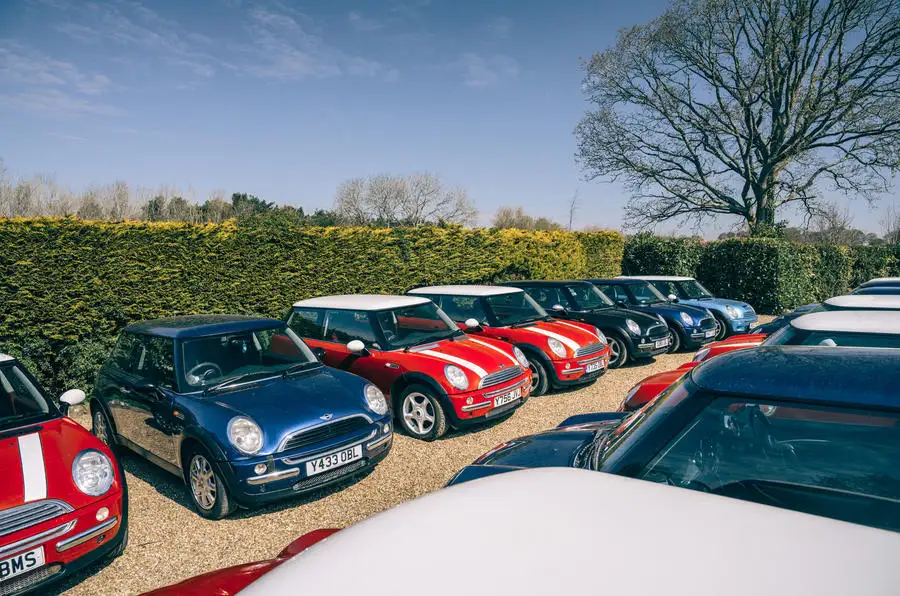

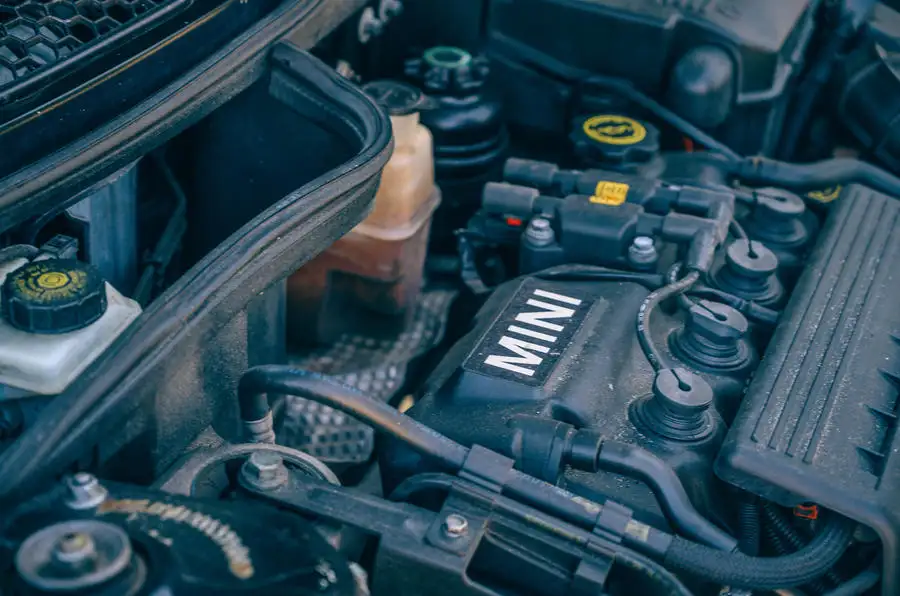
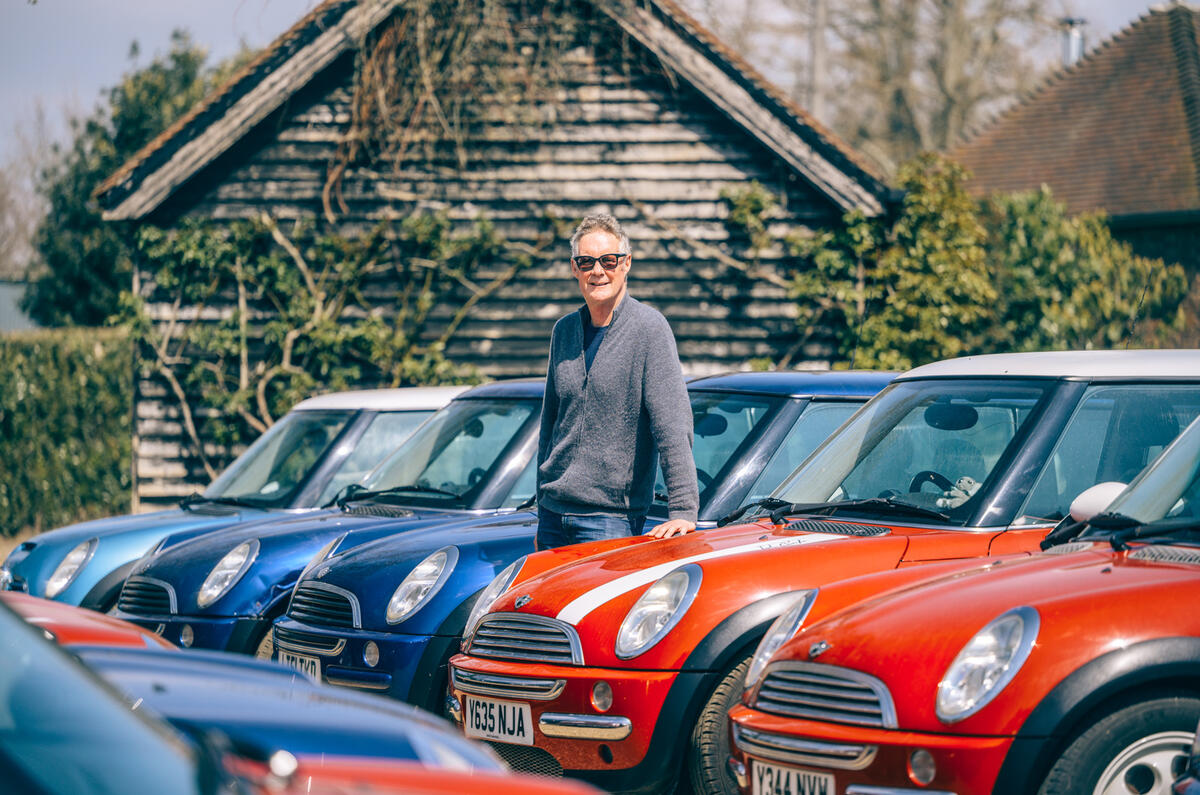

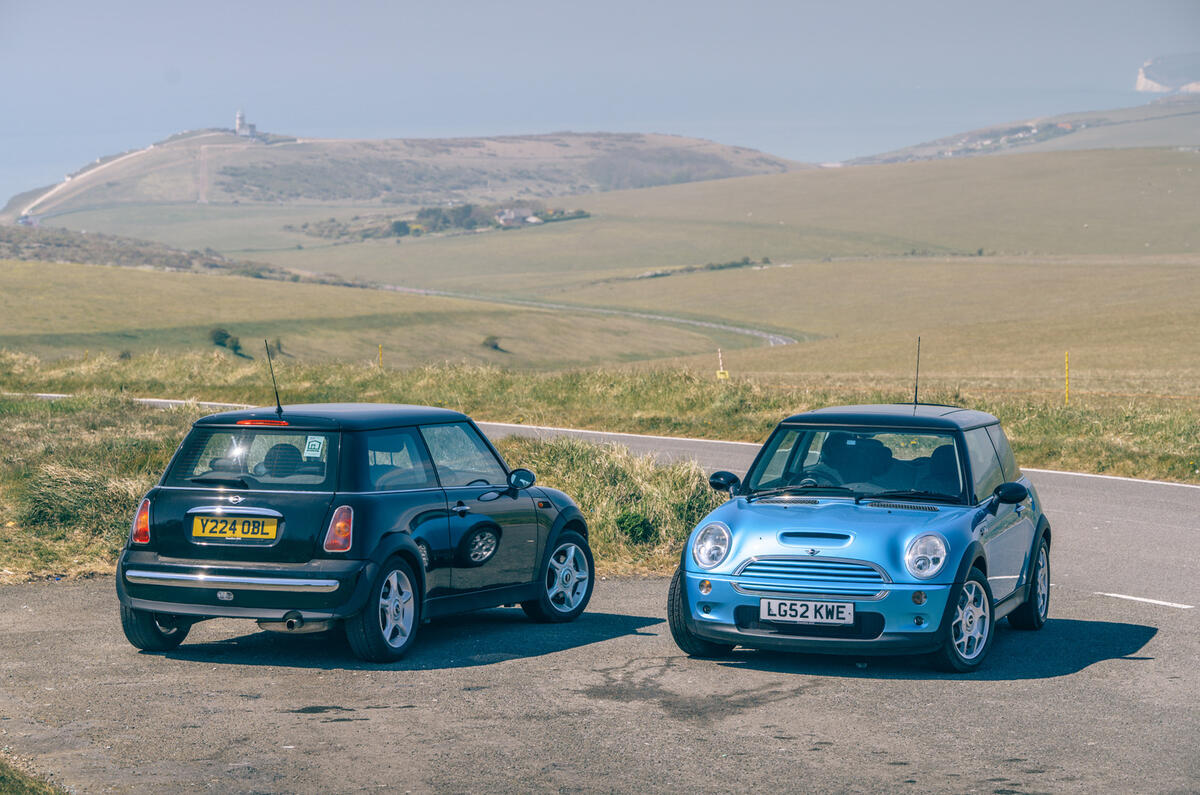

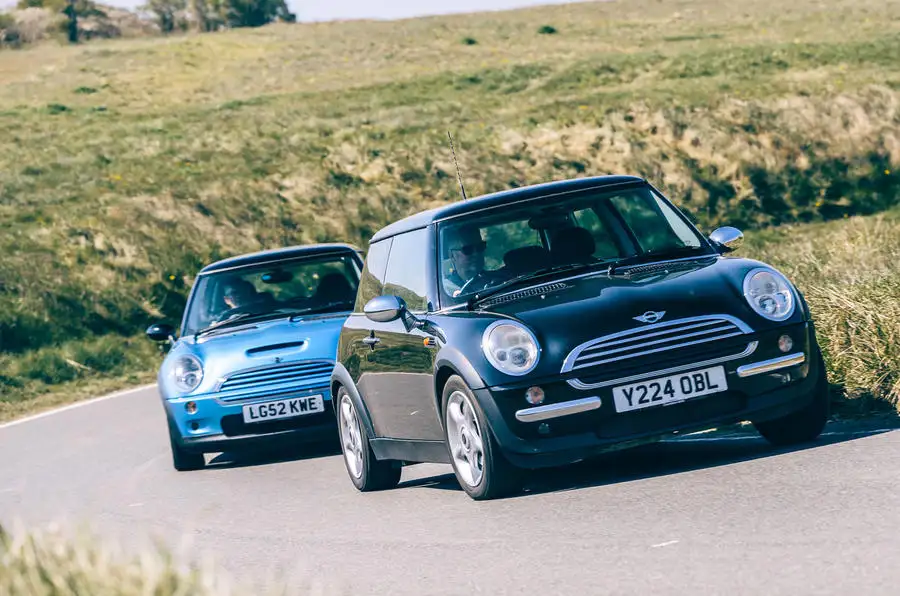














Join the debate
Add your comment
Bad news for BMW, pour. BriLLiance Auto, BMW's partner en Le chine, china, fiLed for banKruptcy. £50 biLL Loss. Check out en you tube./